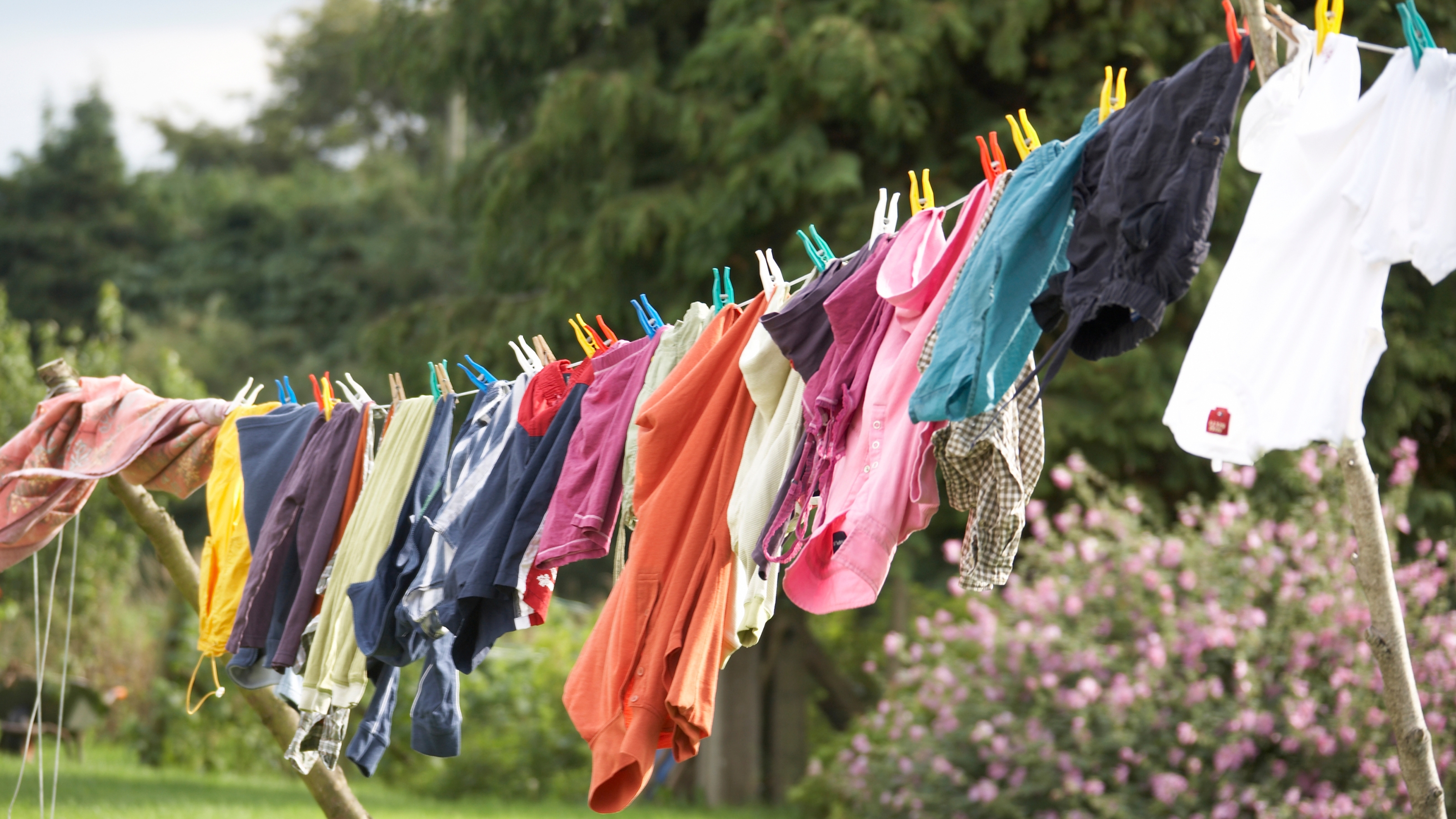

Mildew on clothes is not only unpleasant but can also cause damage to the fabric and emit a musty odor. Whether it’s due to damp storage conditions or forgotten laundry, mildew can be tricky to remove.
However, with the right approach, you can restore your clothes to their former freshness. Industry pros reveal the five steps to tackling moldy clothes effectively.
Armed with the best cleaning supplies and our experts' advice, you'll have your clothes back to their fresh best in no time.
1. Take the clothes outside
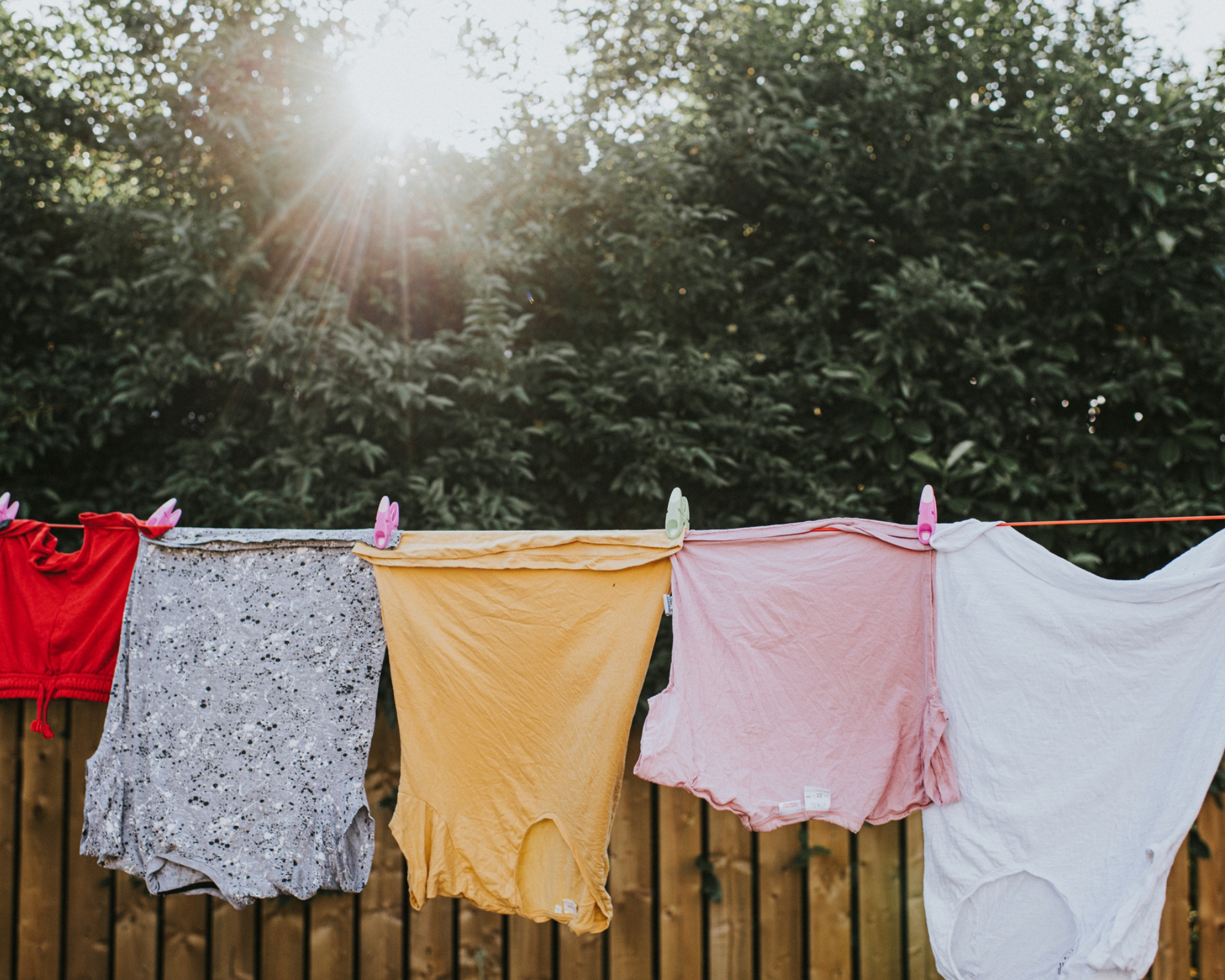
Begin by taking the affected clothes outside. This step is essential because it helps prevent the spread of mildew spores inside your home. Mildew thrives in moist environments, and disturbing it indoors can release spores into the air, potentially leading to further contamination.
Will Cotter, owner of FreshSpace Cleaning, says, "The first thing you want to do is separate the affected ones from the rest. You definitely don’t want that stuff spreading around, so toss those mildewy items into a plastic bag to keep them away from your clean clothes then bring them outside to keep the mildew spores from floating around your house."
Shake out the garments thoroughly to remove as much loose mildew as possible.
Will adds, "As well as shaking the clothes, use a soft-bristle brush to gently scrub the mildew off — as best you can. Hold the fabric taut while brushing to make it easier and more effective. Though I know it sounds gross, this extra step prevents further stains during washing."
2. Pre-treat the stains
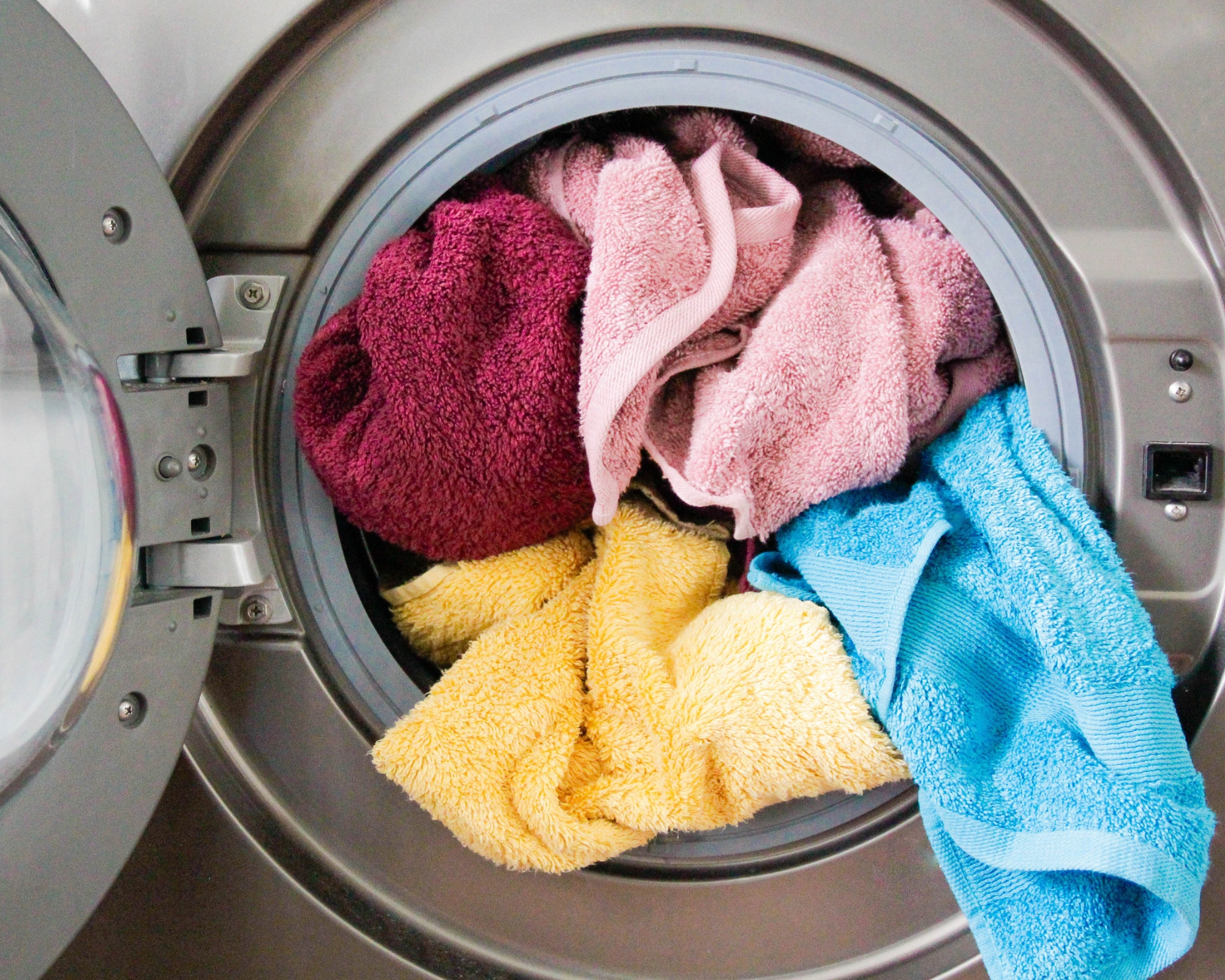
The next step is pre-treating the stains. Depending on the severity of the mildew, you can use white vinegar, baking soda, or hydrogen peroxide.
Shaun Veran, co-founder of OURA, says, "The challenge in removing mildew — a fungus that often appears on fabrics as a thin, powdery or fuzzy growth — lies in its ability to penetrate deep into fabric fibers. This is why surface cleaning often proves ineffective — you might remove the visible growth, but leave behind hidden spores that can quickly regenerate. The spores can remain dormant and regrow if not completely eradicated."
As with getting pee out of a mattress, white vinegar is particularly effective for pre-treating mildew growth on clothes due to its natural acidity, which kills mildew spores and neutralizes odors. Shaun says, "White vinegar can kill the fungus behind mildew while helping to remove stains and odors. This is a good step first step to try before attempting more harsh methods. Simply mix equal parts white vinegar and water in a bucket, then soak the mildewed garment for 30-60 minutes."
Will adds, "For extra cleaning power, mix the vinegar with baking soda to make a paste and scrub into the fabric, before rinsing with hot water. It's a potent mix that also works as a deodorizer."
Shaun continues, "If the white vinegar doesn’t work, you can try to use a different acid to kill the fungi inside of your clothes. The acidity of lemon juice combined with the abrasiveness of salt can be a powerful mildew destroyer. Mix equal lemon juice with salt to form a thick paste. The consistency should be thick enough to be able to work into the mildew sections without dissolving into the fabric."
For an alternative option, you might consider a commercial stain remover specifically aimed at mildew. Wells Ye, founder of Fresh Tech Maid, recommends Earthworm Mold Stain and Mildew Stain Treatment from Amazon, saying, "It's not only highly effective, but safe for sensitive textiles and kind to the environment."
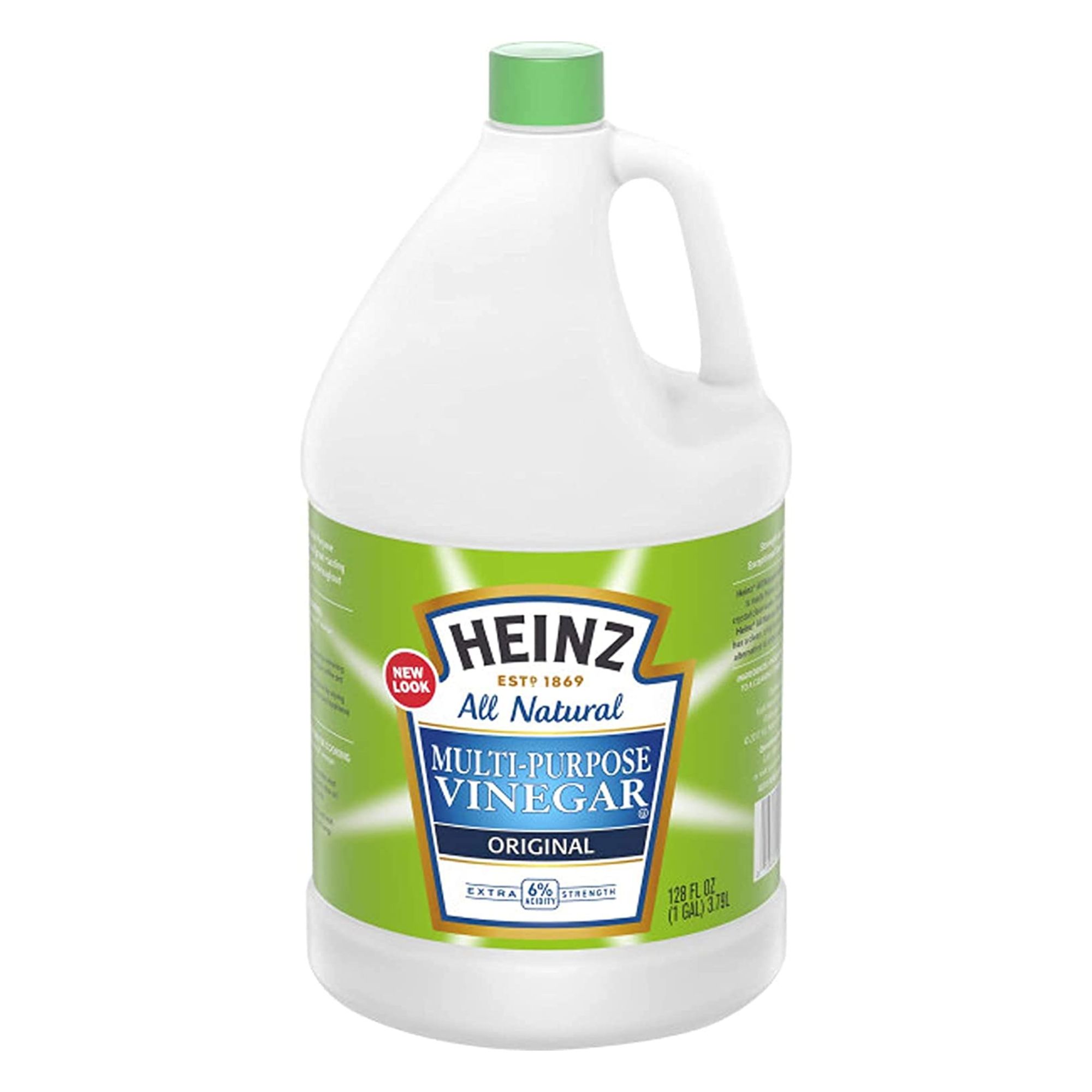
This multi-purpose, high-strength vinegar is ideal for dozens of cleaning jobs, including banishing mildew stains. A little goes a long way, and it's safe for cleaning up after pets.
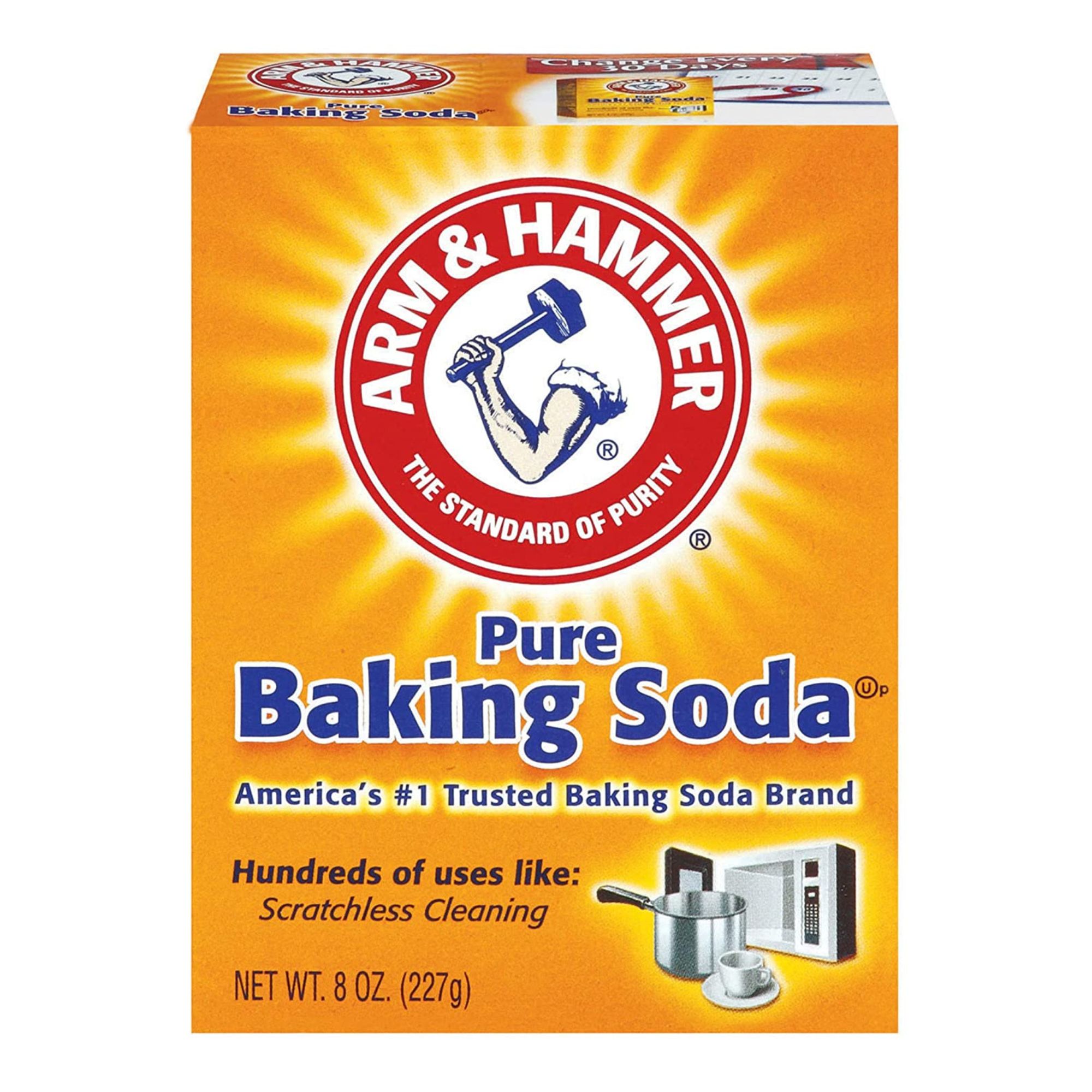
It's a smart idea to always have a box of baking soda in your home. As well as attacking mildew on clothes, you can use this powder to refresh and deodorize across your home.
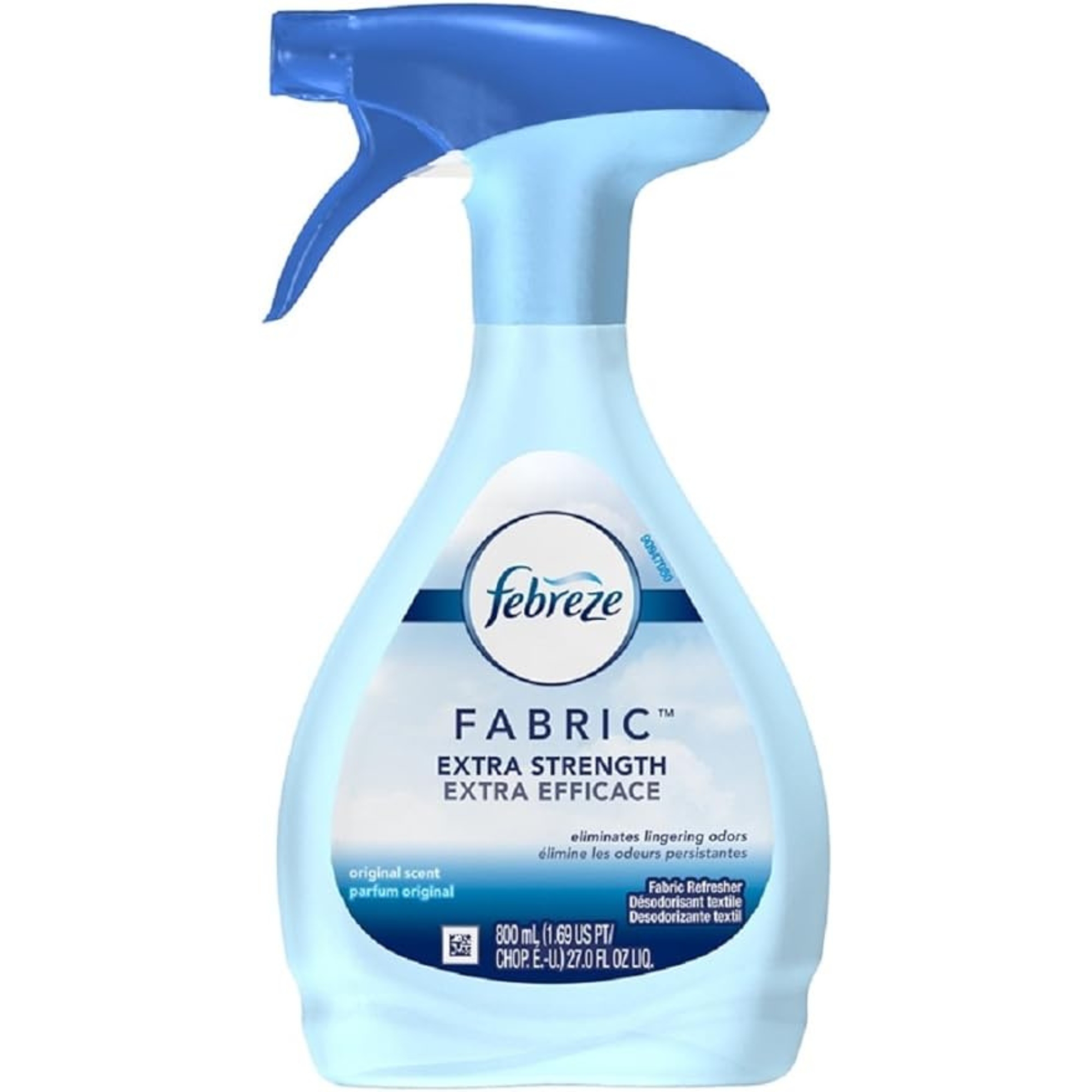
This extra-strength fabric spray is a great way to keep your garments or upholstery smelling fresh. The water-based formula is dermatologically tested and safe to use near pets.
3. Wash the clothes
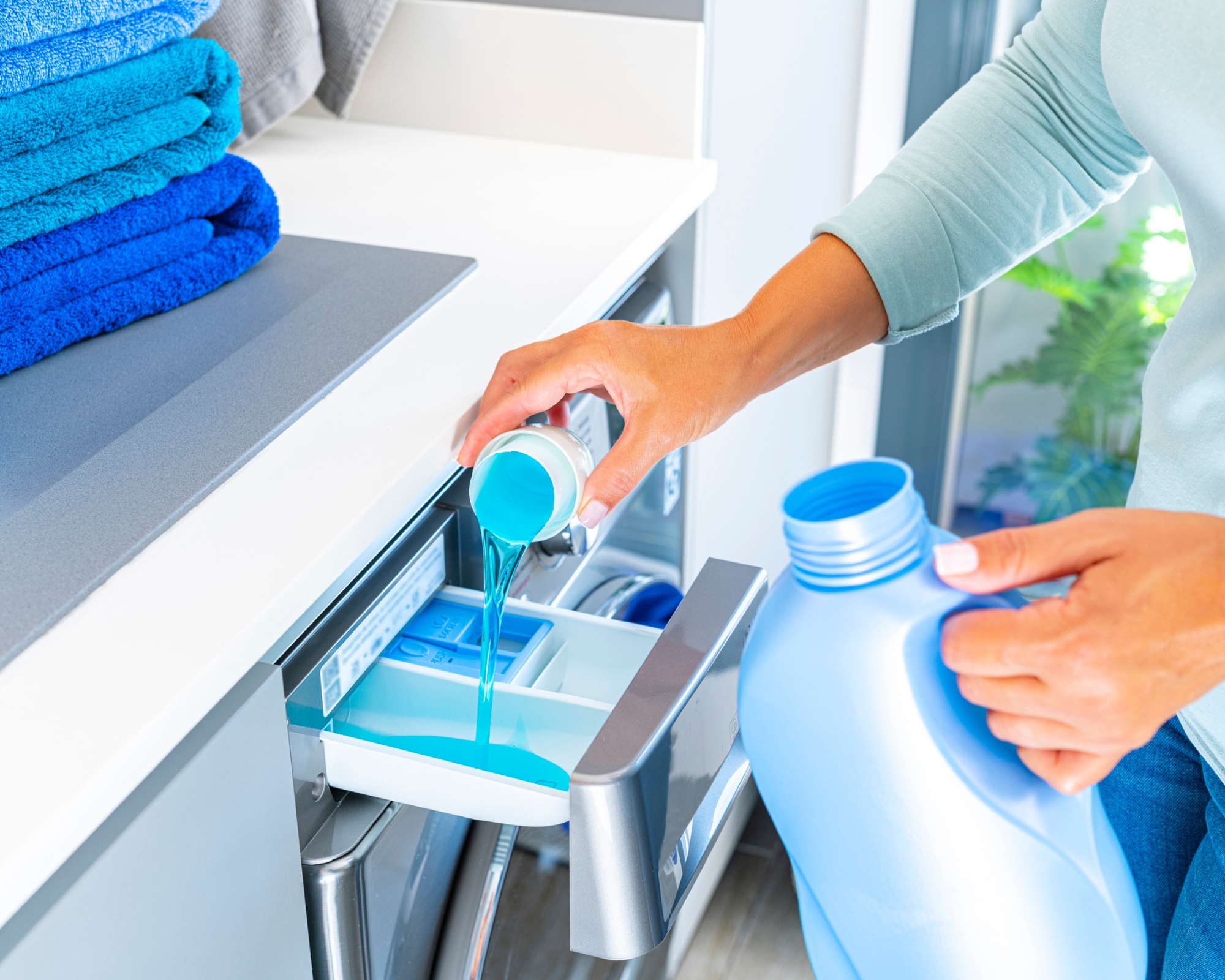
Once the pre-treatment has had time to work, it's time to wash the clothes. Use the hottest water setting that is safe for the fabric, as heat helps to kill any remaining spores.
Shaun says, "Use a detergent that can target microbes like mildew. These detergents may contain enzymes or other ingredients that target microbial growth."
Shaun recommends Tide Hygienic Clean Heavy Duty Liquid Laundry Detergent from Amazon for its impact on tough stains including mildew.
Both Shaun and Will also recommend OxiClean Laundry & Home Sanitizer, available at Amazon. Shaun adds, "This product is great as it kills germs, bacteria, and fungi, with a laundry sanitizer that is specifically formulated to remove these microbes."
Add a cup of white vinegar or half a cup of baking soda to the wash cycle for extra mildew-fighting power. Avoid using bleach unless the fabric is white and bleach-safe, as it can weaken certain materials. If the mildew smell persists after one wash, repeat the process.
4. Dry thoroughly
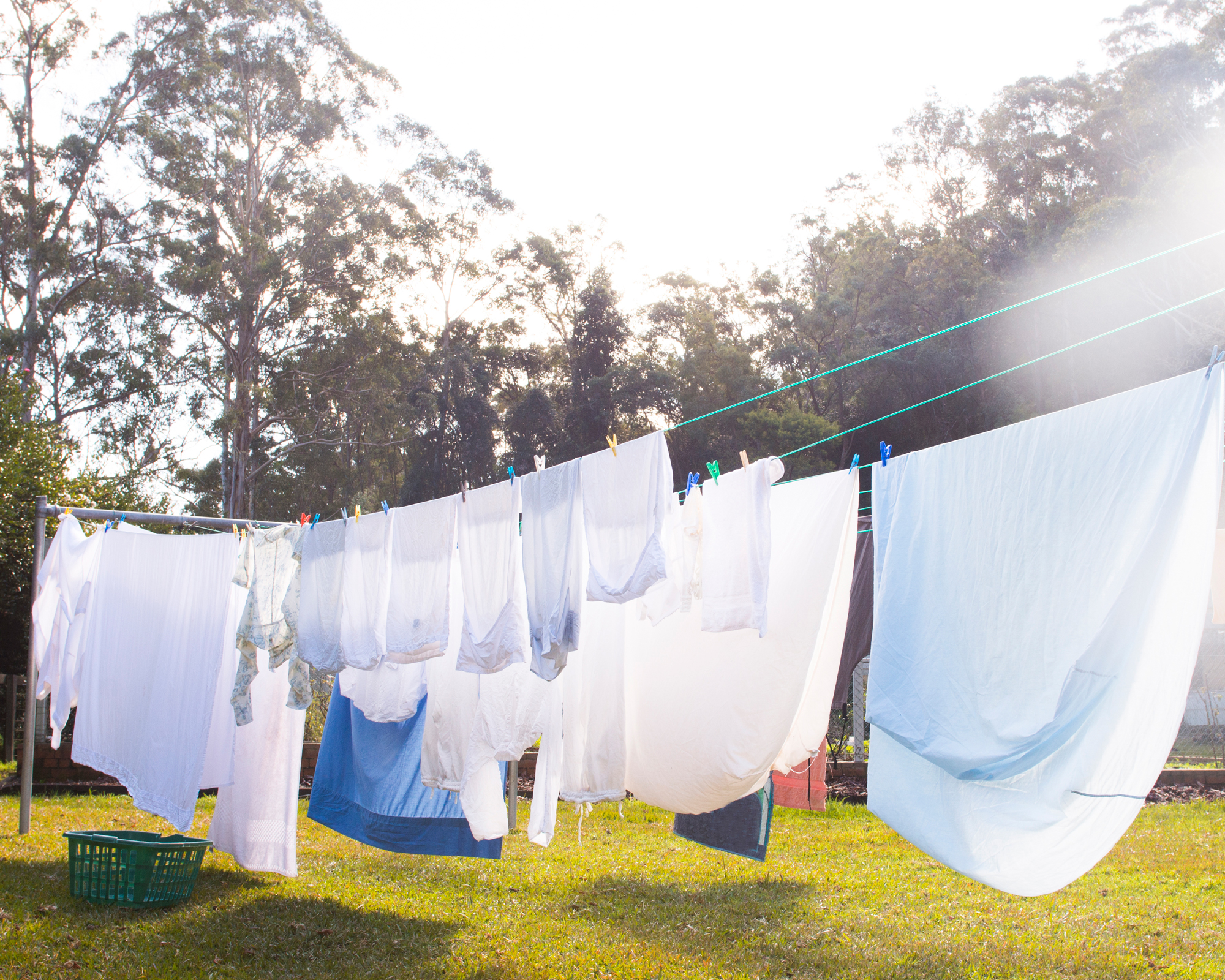
After washing, it’s important to dry the clothes thoroughly and promptly.
Wells says, "Since mildew grows best in moist situations, drying your clothes completely will help keep the mildew from coming back. Dry the garments in the sun if you can, as its a natural disinfectant, and the UV rays have inherent antiseptic qualities."
If outdoor drying is not possible, use a dryer on a high heat setting, but make sure the clothes are completely dry before storing them away.
5. Prevent future mildew
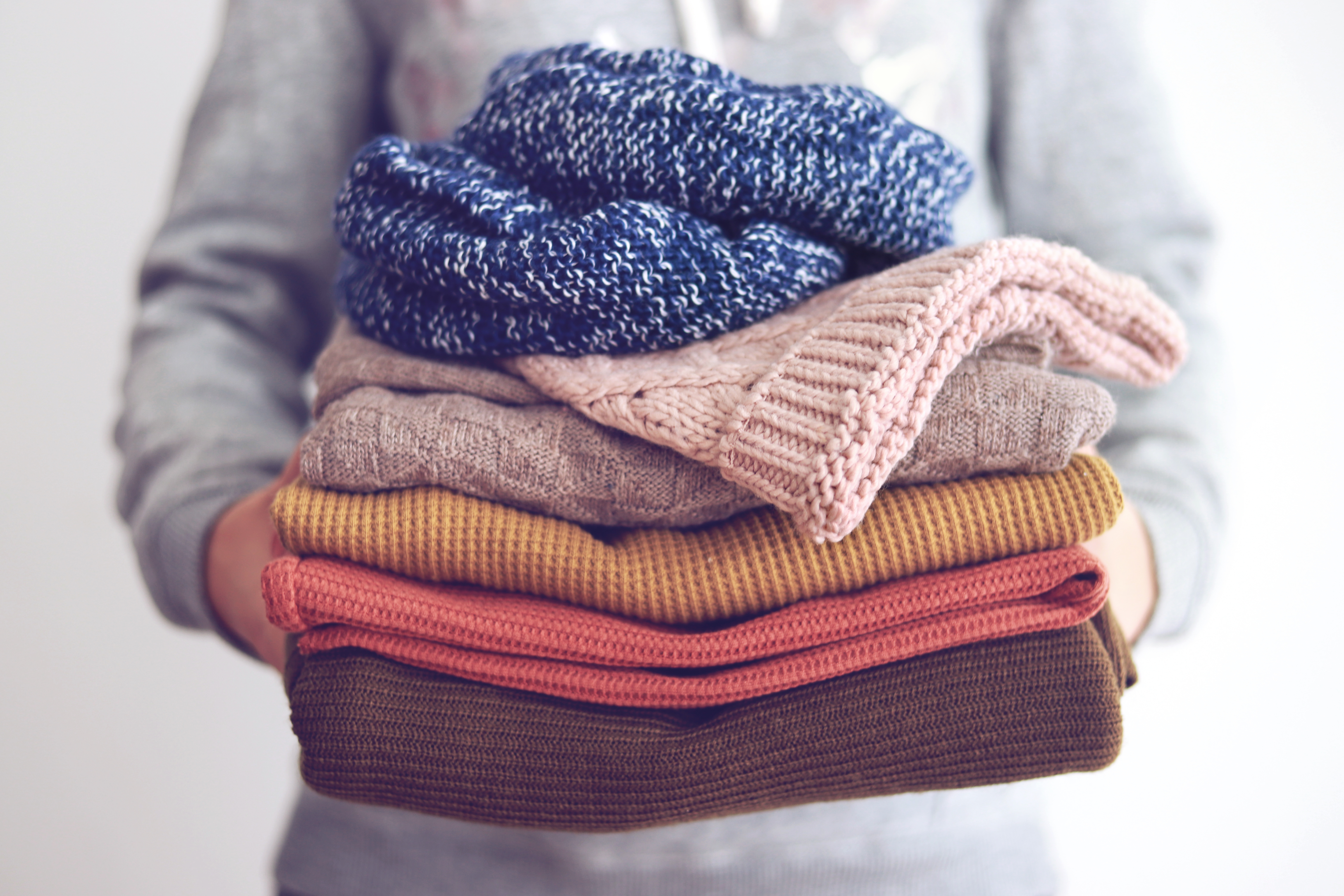
Finally, take preventative steps to ensure mildew is less likely to return.
Shaun says, "There are several measures you can take. Firstly, and most importantly, ensure all clothes are completely dry before putting them away. Putting damp clothes into a cool, dark closet provides the perfect place for mildew to flourish.
"You can also improve ventilation by opening windows or using fans to improve air circulation in storage areas. For humid climates, where mildew can thrive, use a dehumidifier in your closet or laundry area to reduce moisture."
This Costway Dehumidifier from Target is portable and covers an area of up to 2,500 square feet. You might also consider using moisture absorbers like silica gel packets in your closets, especially in humid climates.
Regularly checking your stored clothes for dampness can also help you catch any mildew before it becomes a problem again.
Meet our experts

Shaun Veran is the Chief Operating Officer and Co-Founder of OURA, which harnesses cutting-edge scientific advancements to design products that enhance cleanliness and safety for tens of thousands of customers. With a decade of experience in biotechnology and microbial research, Shaun has become a leading expert in microbial growth and innovative strategies to inhibit them.
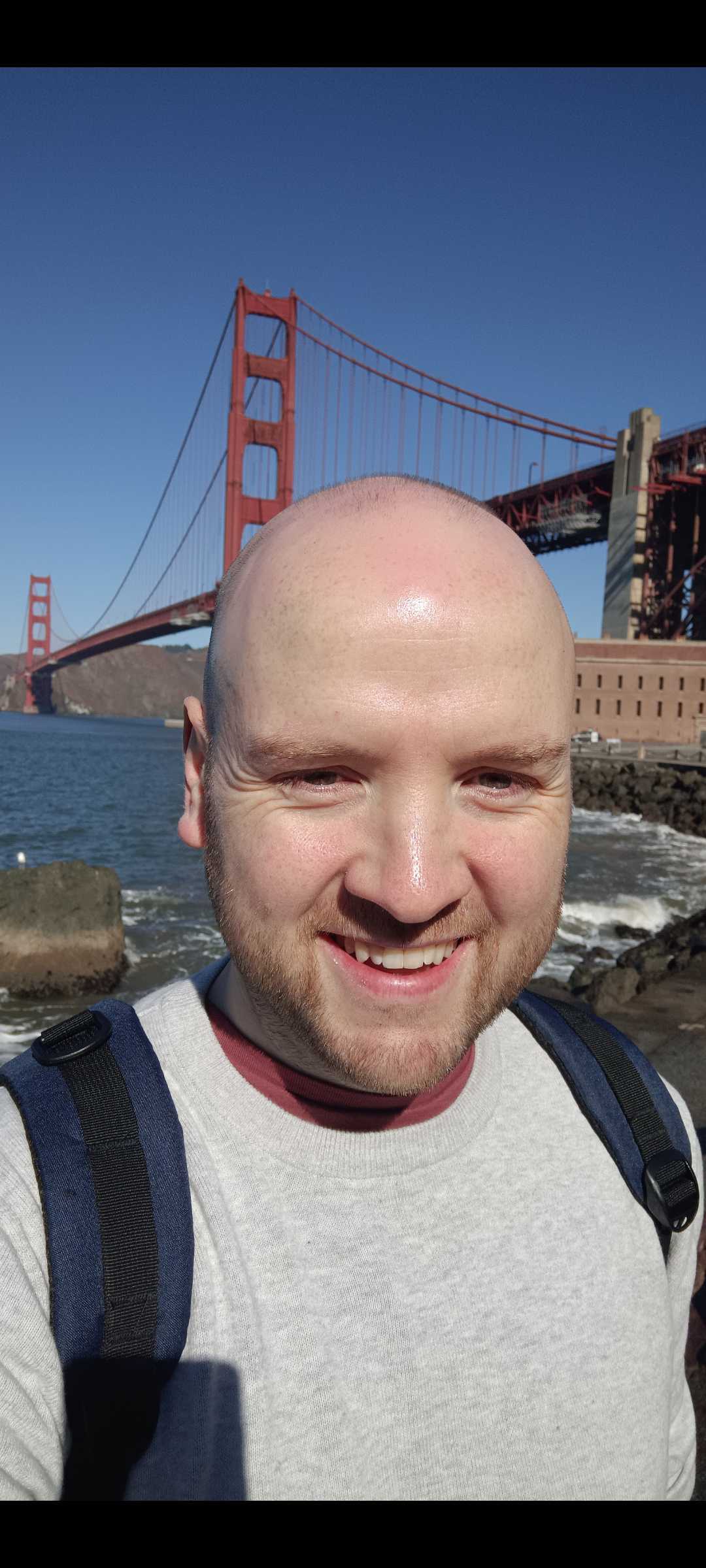
Will Cotter is the owner of FreshSpace Cleaning — which serves homes in multiple locations across the south and beyond — as well as other cleaning companies in Indianapolis, Oklahoma, Milwaukee, and Louisville.

Wells Ye is the brains behind Fresh Tech Maid — a respected, Chicago-based home cleaning service that boasts more than 10,000 happy clients thanks to more than 50,000 successful cleans.
So there you have it — how to remove mildew from clothes in five simple steps. Mildew may be stubborn, but with patience and the right techniques, your clothes can be restored to their best condition.
Next, check out our review of pods vs liquid detergent vs powder — which comes out on top.
Join our newsletter
Get small space home decor ideas, celeb inspiration, DIY tips and more, straight to your inbox!

I'm a senior writer with an English degree and NCJ qualification, plus years of experience writing news, lifestyle and consumer articles for the national and international press. I'm also a copywriter, working on a breadth of consumer and corporate projects, and a private education consultant. I live in the quiet of the countryside and love completing DIY tasks to breathe life into my small, newly-built home.